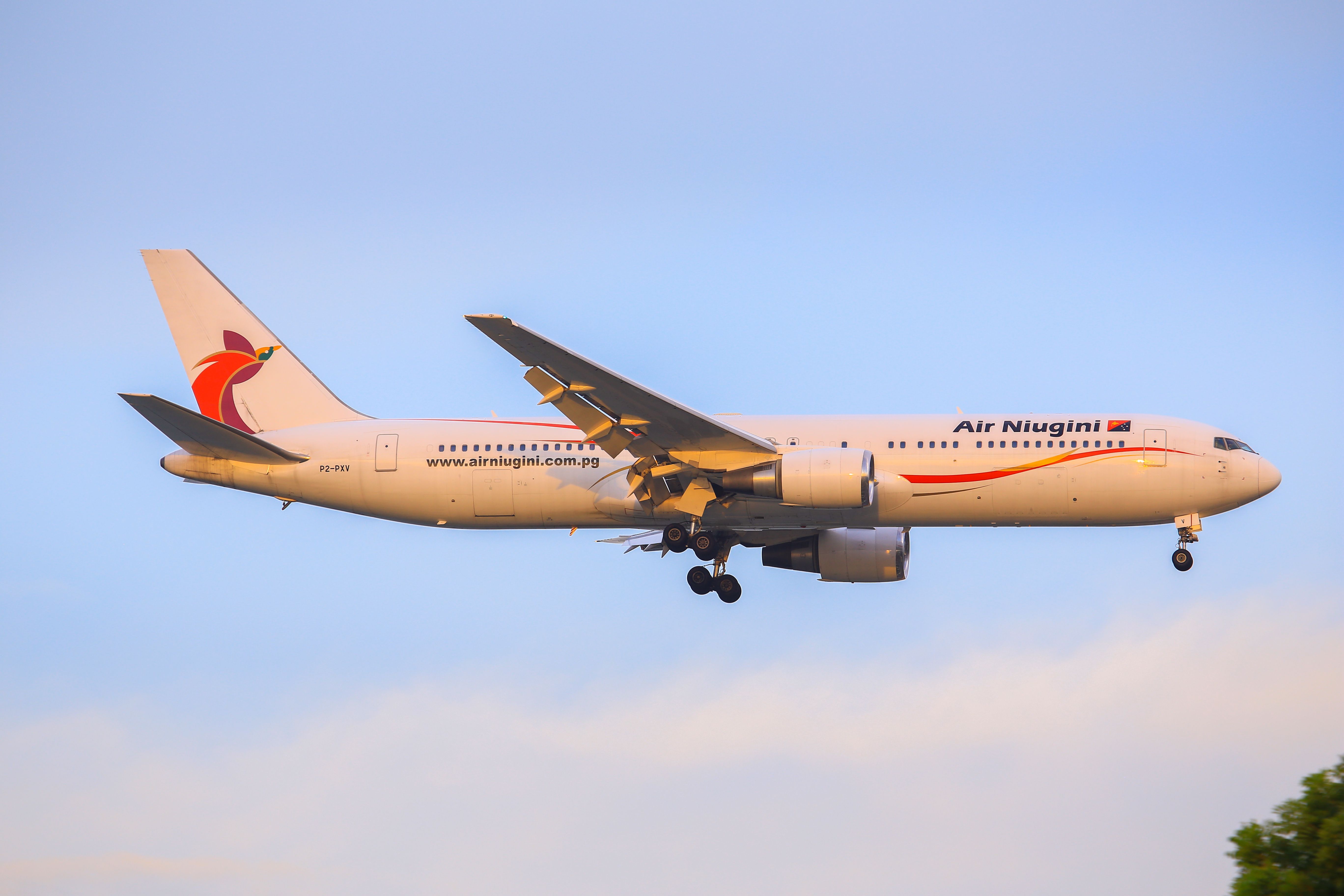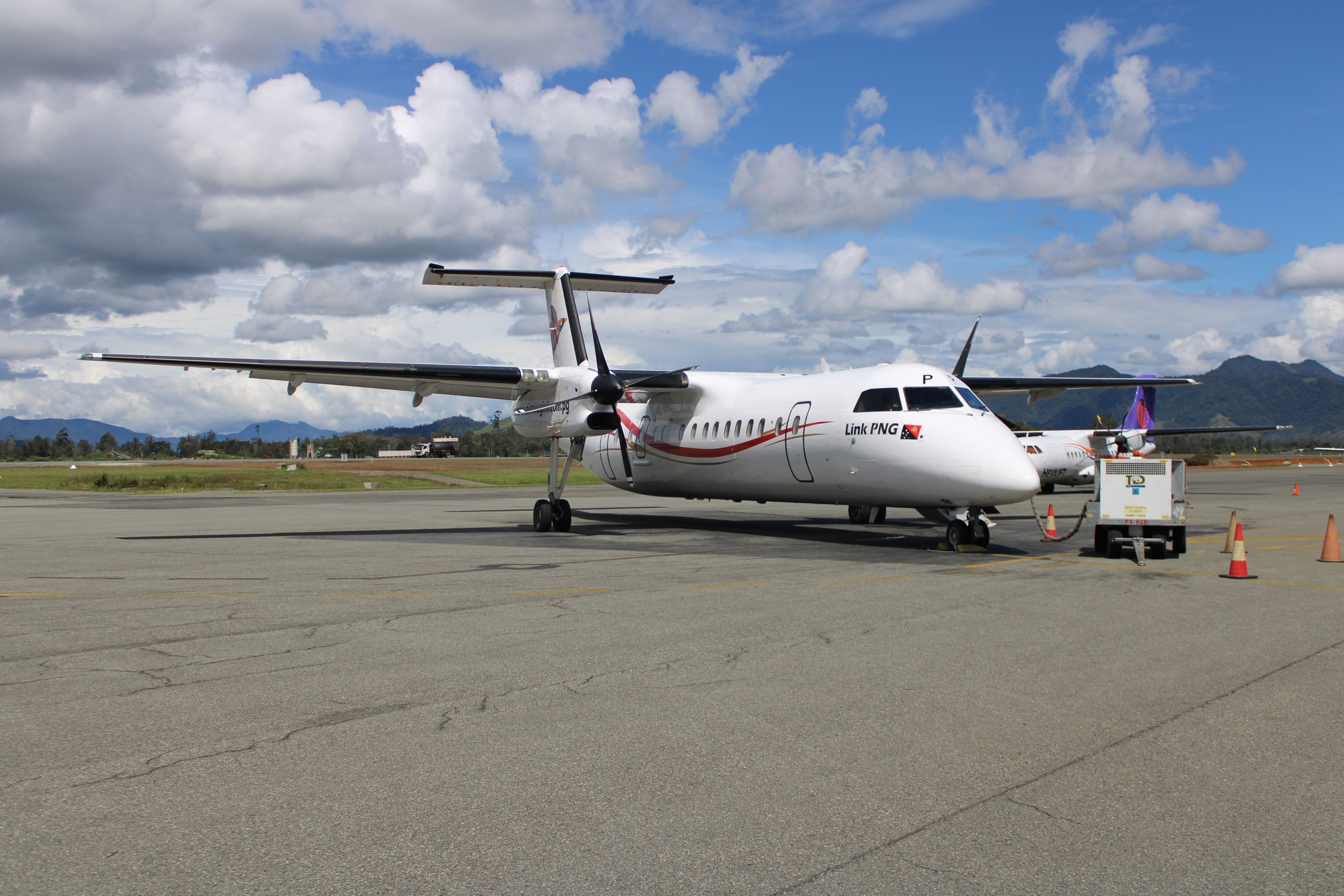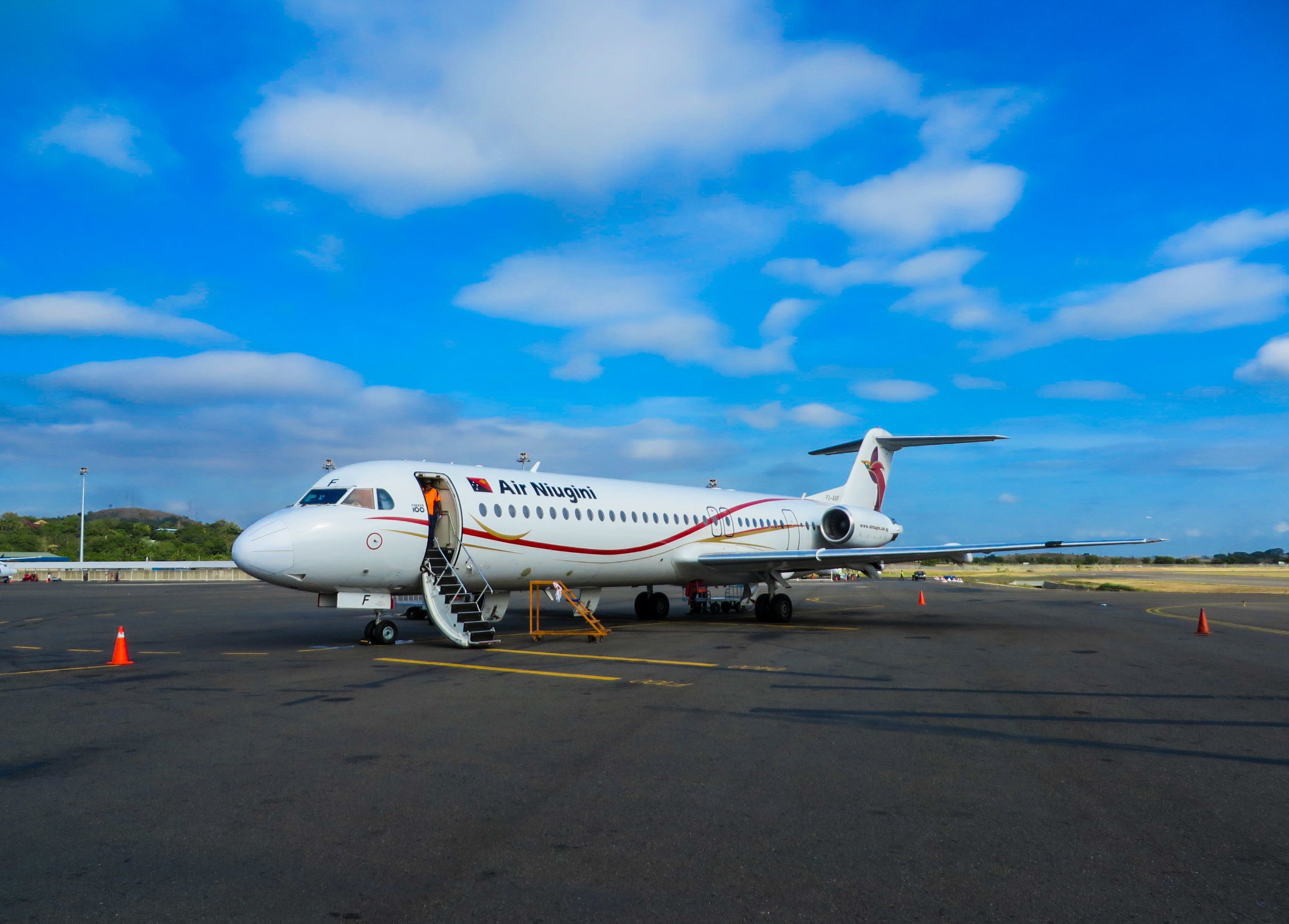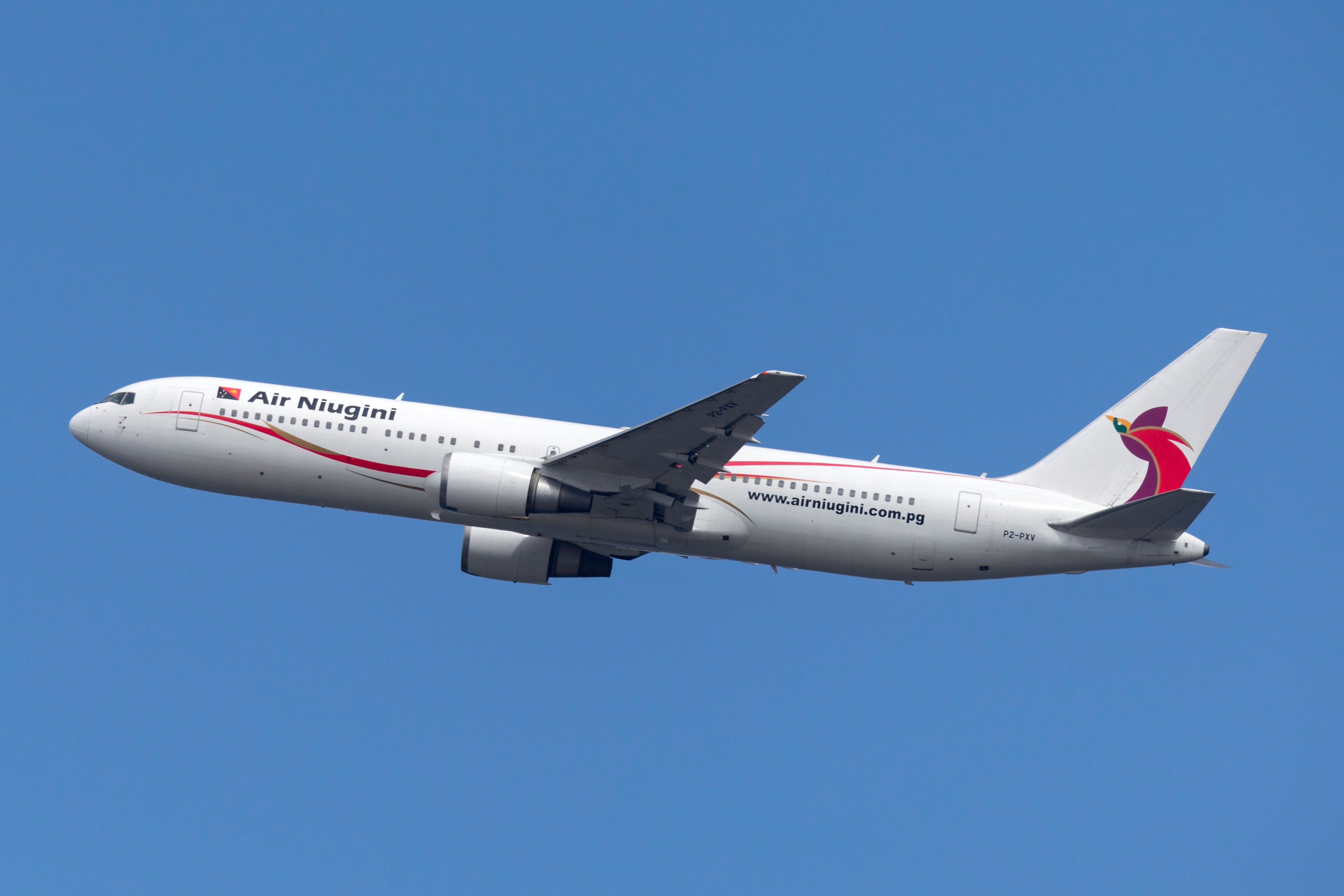Papua New Guinea's national airline may not have much of a profile beyond its immediate locality. However, Air Niugini is approaching its 50th birthday, and it is a key carrier in its region. With its half-century now looming ever closer on the horizon, let's look at the story of an exciting airline from a fascinating country.
A challenging country for airline operations
Even in 2023, Papua New Guinea remains one of the world's most challenging places to fly a plane. The nation features many short dirt runways, mountains, poor weather, sharp drops, clouds, and little in the way of conveniences that modern aviators take for granted. That's created a kind of resilience that's crept into the DNA of Air Niugini.
Air Niugini's longer flights connect Papua New Guinea with countries around Asia, Australasia, and the Pacific. However, arguably its most crucial role is closer to home, connecting the towns and cities of Papua New Guinea.
Want answers to more key questions in aviation? Check out the rest of our guides here!
Papua New Guinea's nearly nine million people live scattered across some 600 islands, including the main island of New Guinea. The vast majority of the population lives in rural areas. There is no rail in the country, and roads outside the main urban centers are limited (there are still no roads running the length, breadth, or around the main island), so air links are essential.
Air Niugini's latest timetable shows that it serves 23 domestic and 11 international destinations. The latter of these are spread across Asia and Oceania, with this part of its network including major hubs such as Singapore Changi (SIN) and Sydney Kingsford Smith (SYD). Its main base is Port Moresby International (POM).
A mixed fleet
Today, Air Niugini's fleet consists of 26 aircraft, with half being Fokker jets. Air Niugini has seven Fokker 100s and six Fokker 70s, with respective average ages of 30.7 and 27.4 years old, compared to a fleet-wide mean of 25. They serve most of the domestic routes for Air Nuigini as well as some short-haul international flying.
Get the latest aviation news straight to your inbox: Sign up for our newsletters today!
Other regional services are operated by a selection of De Havilland Dash 8 turboprops, with all but one being leased. This part of Air Niugini's fleet comprises two 8-Q200s, four 8-300s, one 8-Q300s, and three 8-Q400s. Further afield, the carrier operates one Boeing 737-800 and two 767-300ERs. The latter of these are 27.8 years old on average and are set to be replaced by two 787-8 Dreamliners.
Despite its old fleet, Air Niugini has a decent safety record. Its only major incident occurred in 2018, when a 737 landed in Chuuk Lagoon, short of the runway at Chuuk International Airport in Micronesia; the plane in question was P2-PXE. Ironically, it was the youngest jet in Air Niugini's fleet, at just 13 years old, when it met its watery end. According to the Aviation Safety Network, one passenger, unfortunately, died in the crash.
Air Niugini is one of the few airlines offering a throne seat
Although a plane crash can bring negative connotations, nearly 50 years of flying into bush runways on rugged mountaintops meant that Air Niugini navigated the 2018 incident relatively well from a reputational perspective. These days, the carrier has a reputation for decent service but high fares.
Aviation enthusiasts who like quirky aircraft configurations are frequently keen for a flight in one of the throne seats on an Air Niugini Boeing 767-300EER. There are six of these solo seats in the 28-seat business class cabin, and they are laid out one behind the other in the center of the 2-1-2 configured cabin.
A big birthday is on the horizon
November this year will mark 50 years since Air Niugini was founded as the flag carrier of Papua New Guinea. Back then, it only operated domestic flights using Douglas DC-3s and Fokker F27s and was 60% government-owned. The remaining shares were held by Ansett (16%), Qantas (12%), and Trans Australia Airlines (12%).
With the worst years of the pandemic now behind it, Air Niugini hopes to celebrate its half-century in style. While it is still facing considerable challenges, with only one of its Boeing 767s being active, there's lots to look forward to.
What do you make of Air Niugini? Have you ever flown with Papua New Guinea's national airline? Let us know your thoughts and experiences in the comments!
Sources: Air Niugini, Aviation Safety Network, ch-aviation.com




